Kalanchoe "Kalandiva": types and subtleties of cultivation
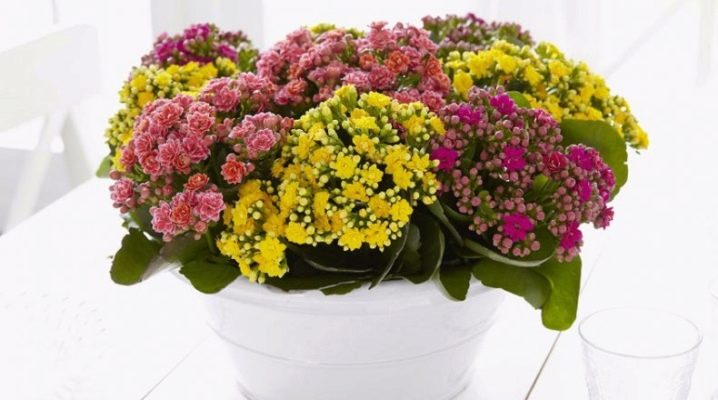
Such a plant as Kalanchoe "Kalandiva" will be the best option for lazy or novice flower growers. Kalandiva is distinguished by its extreme unpretentiousness and ease of care, which makes it highly popular. However, even such a plant must be looked after conscientiously. It is about the care of Kalanchoe "Kalandiva" that the article will discuss.
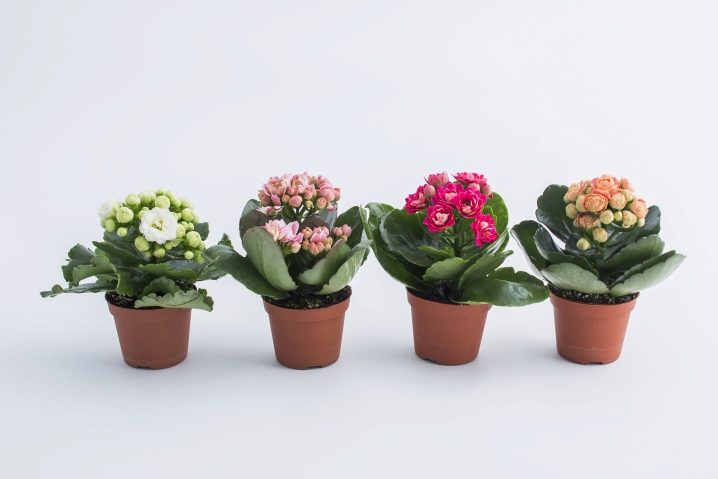
Description
This variety of Kalanchoe was bred by breeding. From his parent - Kalanchoe Blossfeld - "Kalandiva" is distinguished by its small size and stronger flowering. The average height of the bush ranges from 20 to 30 centimeters, and small bright buds are located around the entire perimeter.
This plant is classified as a succulent. There are a large number of erect, bare shoots. There are also dark green oval leaves about 5 centimeters long. There are not very pronounced teeth on the edges.
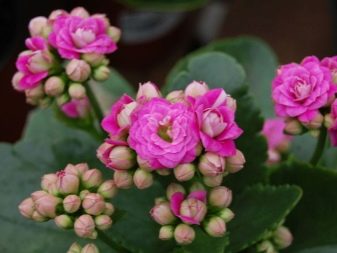
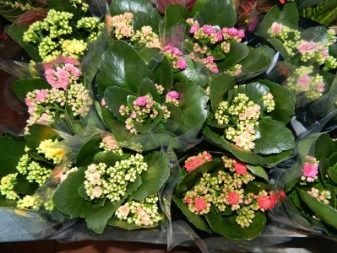
The plant itself is very dense, it stores well moisture and essential minerals.
The inflorescences are in the form of a scutellum. The flowers in them are rather small (about 1 centimeter), multi-colored. The main feature of this species is considered to be a very long and abundant flowering (about 7 months).
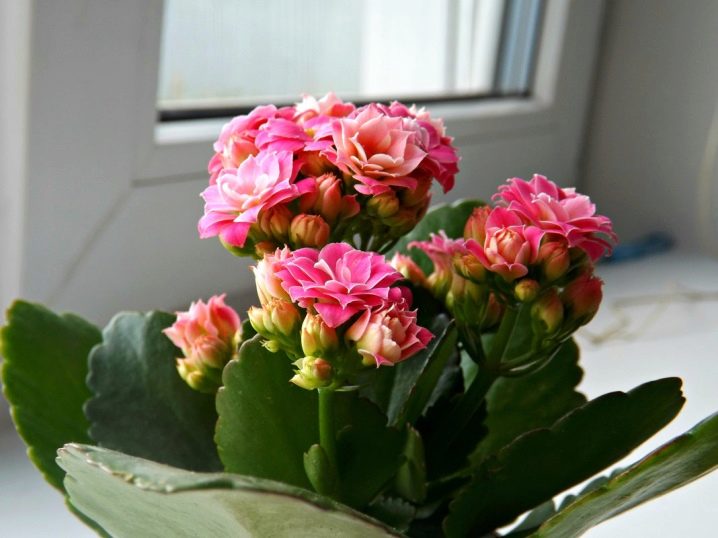
Varieties
Kalanchoe "Kalandiva" is divided into two main types: mini and mix.
Mini
This type of Kalanchoe assumes a small and compact plant. Its height usually does not exceed 20 centimeters. Mini "Kalandiva" is available in peach, scarlet or purple.
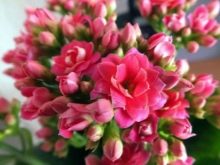
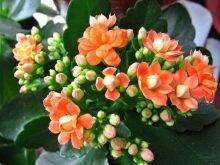
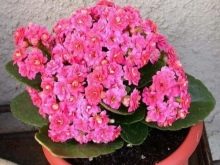
Mix
The Kalanchoe mix was obtained using the Kalanchoe mini. The most common is "Kalandiva" with pale pink or white inflorescences, however, yellow or red bouquets are often found. The main feature is long flowering.
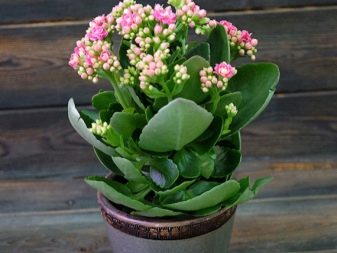
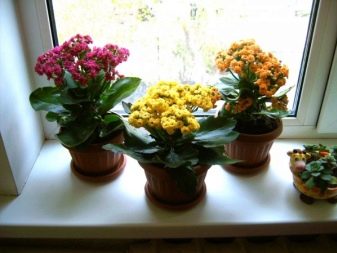
Care
Of course, even such an unpretentious plant as Kalanchoe "Kalandiva" requires worthy care and attention in relation to itself. The basic rules of home care are as follows.
Watering
Watering should be carried out no more than once a week, while using settled water. In the summer, it is recommended to slightly increase watering - at least 2 times a week. Further watering should be carried out only when the soil in the pot falls to a depth of 2 centimeters.
It is important to ensure that there is no excessive moisture in the soil, as this leads to a decay process.
In winter, watering should, on the contrary, be reduced. It should be carried out about once every 13 days, paying special attention to the leaves.
Urgent watering is required when the leaves are seemingly lethargic and rough.

Top dressing
You can feed the flower only with specialized ready-made fertilizers for succulents. In no case should you use natural organic matter, since the nitrogen present in it negatively affects the quality of flowering.
Top dressing should be applied no more than 2 times in one month during the growing season. In the rest of the periods, it is better to refrain from this process.
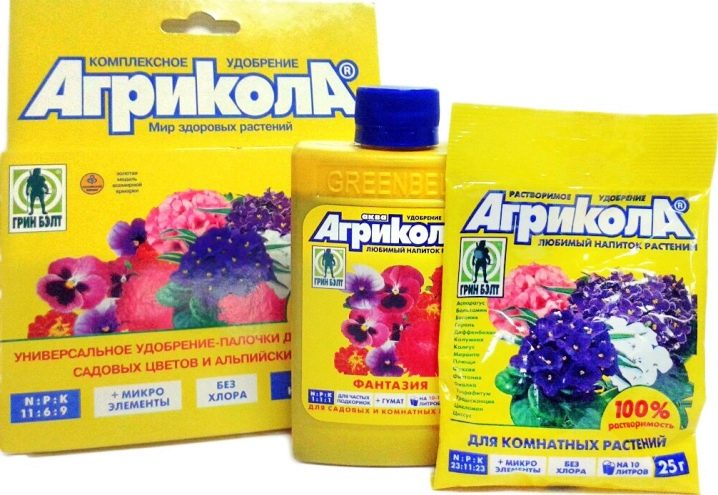
Lighting
In the summer and spring, a bright, but diffused light is required. It is best to put the pot with Kalanchoe "Kalandiva" on the west or east side. In winter, it is important to take care of additional lighting in the form of a lamp.
In autumn and winter, the light should be in the form of partial shade; you cannot immerse the plant in complete darkness.
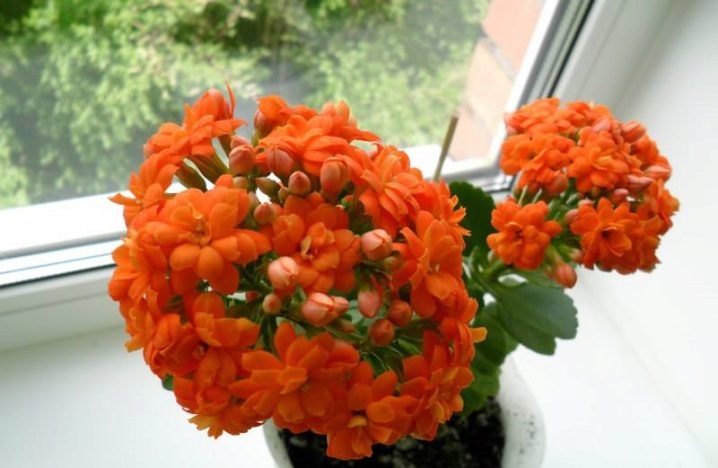
Temperature
Another important advantage of the Kalanchoe is its simplicity in temperature. It can be between 17 and 33 degrees. In winter, it is somewhat different - no more than 15 degrees. Maintaining the right temperature is essential to ensure proper bud formation and good flowering.

Humidity
In the spring and summer, it is not necessary to closely monitor the humidity. Additional spraying should be carried out at too high temperatures (30 degrees or more).
Periodically, you can arrange an outdoor shower, which is a good prevention of various diseases and pests.
As for autumn and winter, the air humidity can be normal, typical for living quarters. It is recommended to remove the plant away from radiators and heating devices.
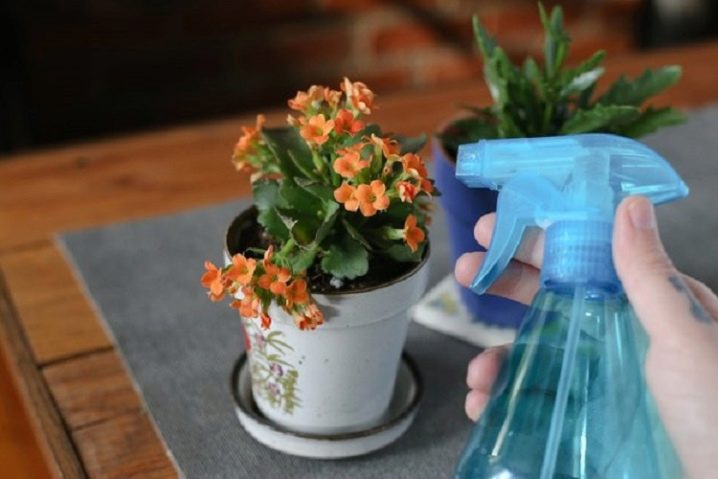
Pruning
Kalanchoe "Kalandiva" grows extremely quickly, and therefore requires regular pruning. If the plant is still young, then it should be pruned as soon as it begins to grow rapidly. It is enough to remove a few top leaves from each branch.
Further pruning should be done as needed, it is desirable that this was during the growing season. Yet again, you need to cut off 2-3 top leaves, while forming a bush of the required shape.
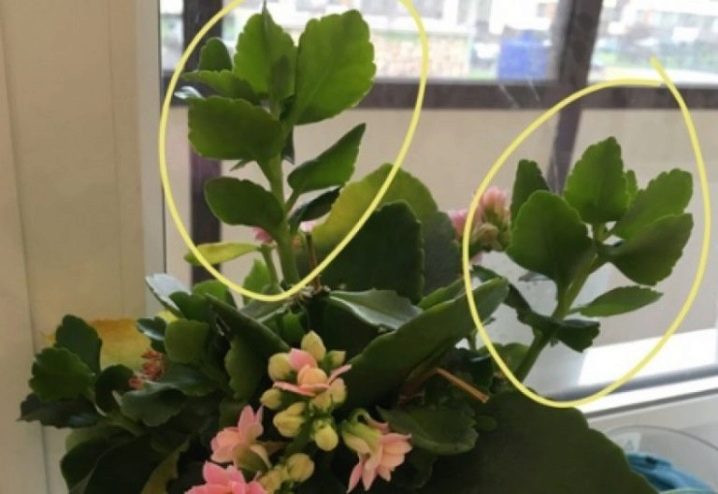
During the flowering period, it is better not to touch the bush, and at the end you should cut off the peduncles at the base. This procedure has a beneficial effect on the development of new shoots.
You need to use sharp and sterile tools, such as a stationery knife or blade. The leaves cannot be torn off by hand. In addition, it is not worth removing a large number of excess leaves at a time, it is enough to remove only a quarter of the entire bush.
Many gardeners practice bush formation on one trunk... Such a plant looks very nice and compact. It is necessary to remove the most powerful stem and side shoots on it, without touching the upper ones. As soon as such a bole reaches the desired appearance, the top should be attached, while allowing the lateral shoots to develop.
The lower part should be completely exposed.
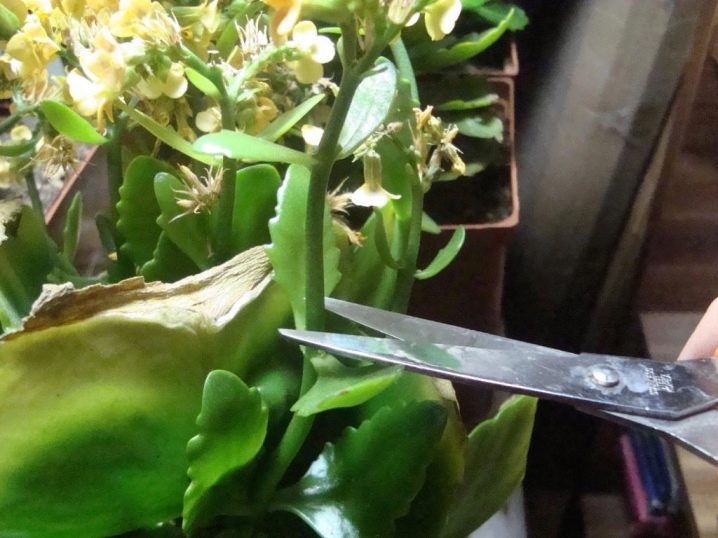
Transfer
Such an important procedure as transplanting must be carried out at least once a year, although it is quite enough to transplant adult plants once every 3 years. The best time for this is early spring. In no case should a transplant be carried out during the flowering period.
This procedure will require a pot that is a couple of centimeters wider than the previous one. For an adult plant, the recommended diameter is 15 centimeters.
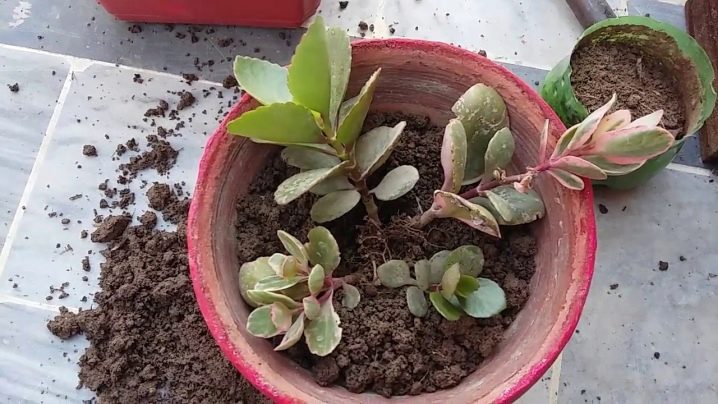
Priming
As mentioned earlier, you can use a special soil for succulents or cacti as a soil. The only thing to watch closely is neutral acidity and good air permeability.
It is also important to ensure the presence of drainage - at least 2 centimeters.
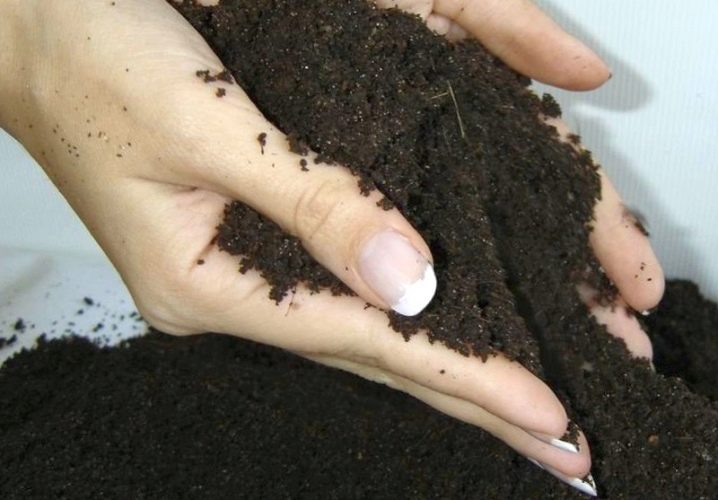
Transplant instructions
It is necessary to carry out the transplant very carefully and carefully, observing the following rules.
- First of all, Kalanchoe "Kalandiva" should be well watered, then wait 20 minutes and remove the plant from its pot, while capturing an earthen clod on the roots.
- Further, it can be safely transplanted into a new drainage pot, covered with new soil. It is important that the soil in the pot is at least 4 centimeters thick. Then the plant needs to be compacted by adding a little more soil.
- The transplanted Kalanchoe must be watered and removed to a slightly shaded place for several days. After the allotted time, the plant can be safely returned to its old place.
- Mulching the top layer of the earth also does not hurt. For this, pebbles are perfect. This mulching will help to retain moisture and protect the plant from mold.
After purchasing a plant, a transplant is required only if it does not bloom at all. The transplant method is the same.
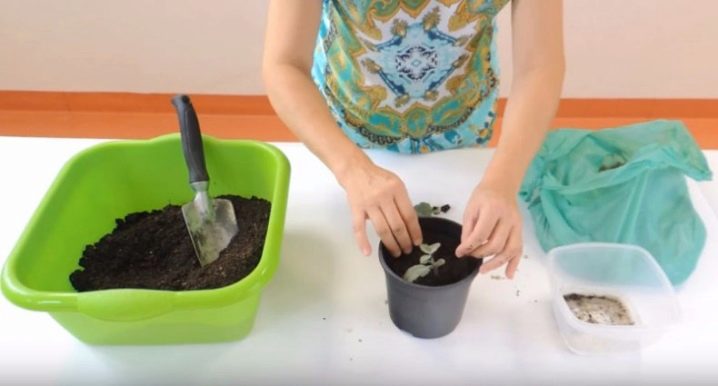
Reproduction
Another extremely important nuance in the care of Kalanchoe "Kalandiva" is reproduction.It can be carried out through stem or leaf cuttings. Due to the fact that the plant branches well, there will definitely not be a shortage of planting material. The main thing is to choose a healthy and strong stalk.
Reproduction is carried out as follows.
- Using a sharp and sterile knife, it is necessary to cut off the upper part of the shoot (the optimal size is 5 centimeters) or a separate leaf. The injured area must be treated with cinnamon or activated carbon.
- Further, the cuttings obtained must be dried for at least 3 hours in the fresh air.
- Now you can prepare a container with moistened sand. Sections should be treated with "Zircon" or any other root stimulant.
- Cuttings should be planted in a 3-centimeter groove. Instead of soil, it is recommended to use water or a weak Epin solution. After that, the stalk can be placed in a glass, while removing the lower leaves. The liquid in the container must be changed at least once every two days.
- These cups should be placed in plastic bags, tied tightly. Such a "greenhouse" needs about 7 minutes of daily ventilation. The temperature should be 25-28 degrees above zero. The presence of diffused bright light is mandatory. If the substrate suddenly begins to dry out, you can safely use a spray bottle.
After a week, roots should appear, after which you should wait two weeks, and then transplant the plants into small pots with soil.
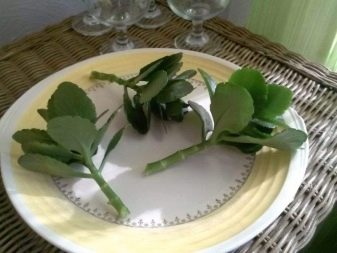

In exactly the same way, propagation by leaves can be carried out, however, in this case, the roots grow somewhat slower.
In addition to these two methods, there is also seed reproduction, but this option is not common among gardeners.
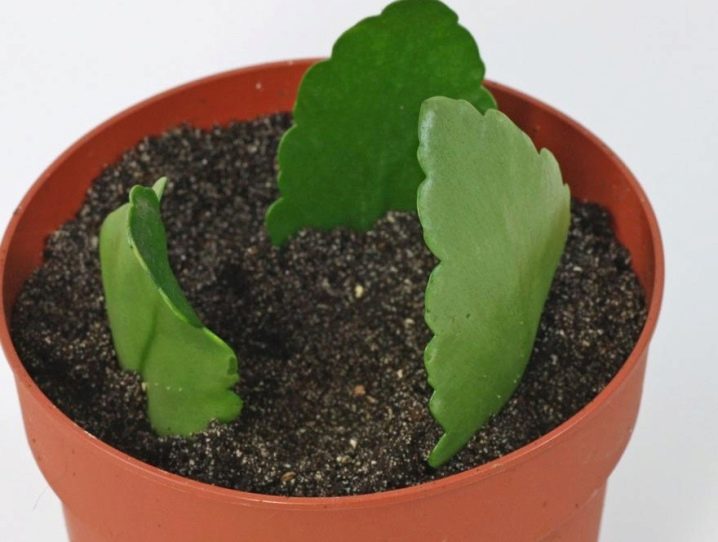
Possible problems
There are a lot of troubles that can be encountered when growing Kalanchoe "Kalandiva". These include not only the mistakes of gardeners when growing, but also all kinds of diseases and harmful insects. You can notice these problems by the appearance of the plant - it becomes lethargic and stops blooming.
The most basic problems are as follows.
Rot
The presence of such a disease is indicated by the mob at the base of leaves and shoots. In addition, all parts of the plant are easily broken off and injured.
The cause of this disease is excessive watering, as well as extremely low room temperatures.
To eliminate rot, all damaged parts should be removed to healthy tissue. All damaged areas must be treated with cinnamon or activated carbon.
The plant should then be transplanted into a new pot with new soil.
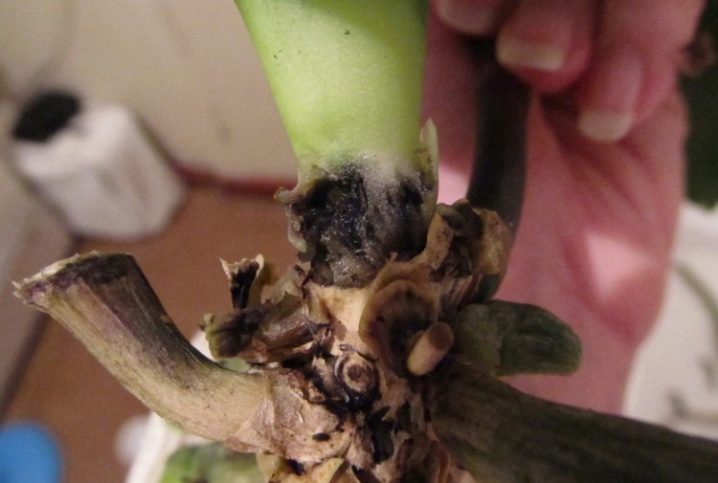
Brown spots on the leaves
This problem arises for flower growers only with a lack of watering and a small amount of nutrients. In this case it is only recommended to apply fertilizers, and water the plant a little more often.
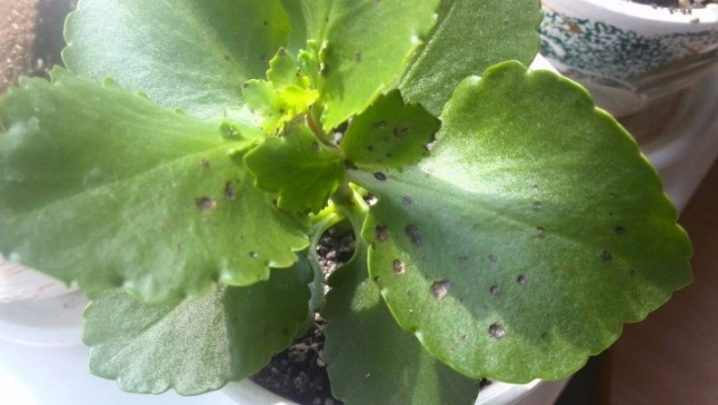
Yellow leaves
The lack of sunlight and moisture is indicated by the yellowness that appears on the leaves. In this case the plant should be rearranged to another place, and watering should be made more abundant.
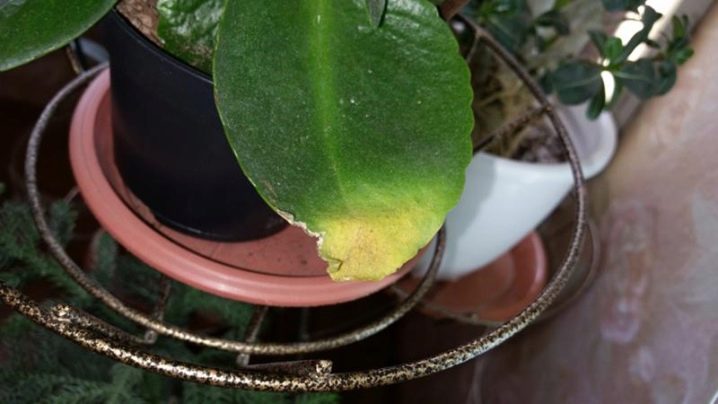
Powdery mildew
This disease is considered widespread among plants and its presence is indicated by a white coating on the leaves. The reason for this is drafts and too high a temperature in the house.
In order to cure the plant, you will need reduce watering and eliminate all possible drafts.
If necessary, fungicides can be used (eg Bordeaux liquid).
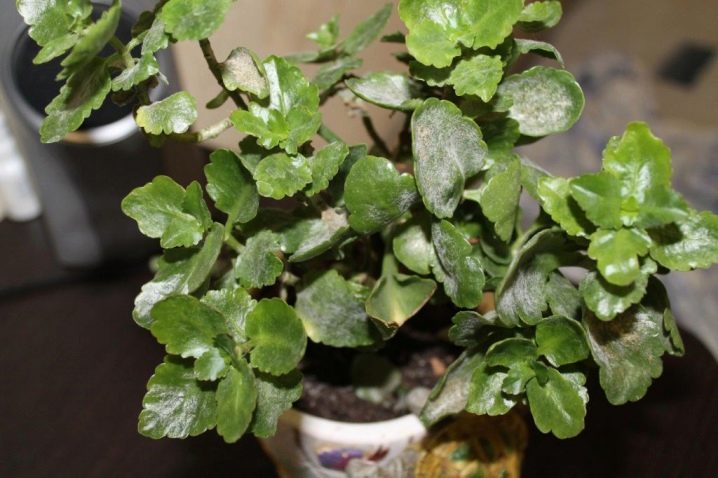
Aphid
This insect is usually brought from the street. Often it can jump from one plant to another. You can find aphids on the tops of the shoots or on the buds. Getting rid of it is not easy, however, it is possible.
It is urgent to protect the infected plant from healthy ones and treat it with soapy water, and then with insecticides.
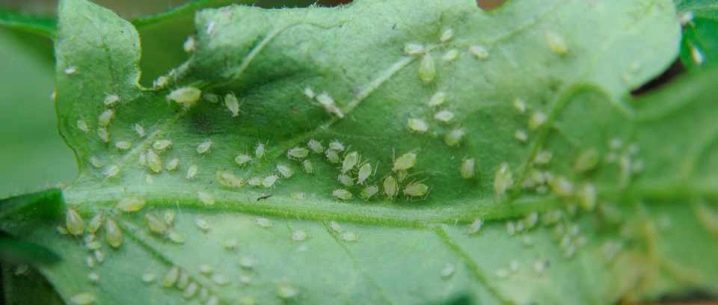
Despite the fact that Kalanchoe "Kalandiva" is an unpretentious plant, it still requires careful care, without which abundant flowering and health of cuttings are impossible. The main thing is to follow all the established rules of care and notice possible problems in time.
How to care for Kalanchoe "Kalandiva" at home, see the next video.



















































The comment was sent successfully.